Weathering big changes, the city of Mountain View eventually took a shine to 2023. The year started with an onslaught of unexpected challenges, from extreme weather conditions to a housing plan that was not on track to win state approval.
But going back to the drawing board, the city turned around its housing plan to comply with state guidelines. It also approved a slate of new mixed-use housing and commercial developments – including its largest development ever, Google’s North Bayshore Master Plan – that is expected to bring thousands of homes to Mountain View over the next several decades.
Embedded in these housing plans is a pathway for low and extremely low-income households to have a stake in the city’s future. Affordable housing units were integrated into every project, with several projects dedicated solely to housing for underserved communities.
But with the housing growth, the city also encountered some protracted conflicts with local school districts. They had concerns about Google’s North Bayshore plan, arguing that it would lead to a large influx of students without adequate tax revenue to cover the cost of educating them. The city and school districts are still in negotiations about how to fund this student growth in the long-term.
There also was conflict about the joint use of school fields, which has been governed by decades-old agreements between the Mountain View Whisman School District and the city. The two parties have been trying for years to reach a new deal, but the school district hit pause on the negotiations in 2023, prompting the city to offer an ultimatum to accept a take-it-or-leave-it version of the agreement before the end of the calendar year.
Housing was not the only development taking center stage at City Hall. The economic vitality of the downtown area also featured as a topic of community concern. High vacancy rates continued to plague Castro Street, with many storefronts and office buildings sitting empty – an issue that has not quite turned the corner after the pandemic.
Yet, despite these challenges, Mountain View did not lose its touch as an incubator of new ideas and technologies. Major engineering feats lifted into space and the skies with satellite swarms, a remotely piloted plane and a floating dirigible. Closer to Earth, delivery bots were on track to return to the city’s sidewalks while a new store, Robot Space, opened on Castro Street, showcasing the potential of technology to improve everyday life.
A year of unprecedented weather
The year began tumultuously for Mountain View, as a powerful “bomb cyclone” swept through the region. Storms pummeled trees, flooded streets and downed power lines, leaving residents in the dark, while also creating particular hardships for the unhoused.
Local creeks rose rapidly with stormwater runoff, and a Mountain View man nearly drowned after trying to rescue his dog from Stevens Creek. Fortunately, both survived the harrowing experience.
But the extreme weather events did not end there. Massive wind storms knocked out trees and power lines again in the spring, closing down schools and roads while pockets of neighborhoods experienced prolonged outages and unreliable communications about when electricity would be restored.
The summer granted a temporary reprieve from the spring tempest. But as the weather heated up, so did some of the city’s public facilities – uncomfortably so.
Temperatures inside the Mountain View Public Library soared into the 80s as a result of a malfunctioning air-conditioning system, prompting the city to temporarily remove it from its list of cooling centers during heat waves.
Yet, even with these sweltering setbacks, the summer and fall ushered in a period of calm. The city moved forward with maintenance projects to address severe erosion along Stevens and Permanente creeks, and Caltrans laid out a timeline of its planned upgrades to El Camino Real.
The end of the year also saw repair work along Castro Street’s pedestrian mall. But once again inclement weather intervened. Construction was delayed for about two weeks as a result of rain, with touch-ups needed to the area after pedestrians walked across asphalt that was not fully set.
Big housing developments
For the City Council, the start to the year was unsettled by more than just the stormy weather. The city’s long-anticipated housing element – a plan showing how the city would fulfill housing targets mandated by the state – fell behind schedule and was initially turned down by state housing officials.
But as the year unfolded, the City Council started to gain momentum, approving its housing element in April, in a 6-1 vote, that showed how the city would accommodate more than 11,000 new residential units in the next eight years. State certification soon followed in May, providing Mountain View with the distinction of being the second city in Santa Clara County to have a compliant housing element.
Mountain View experienced another major milestone in June, when the council unanimously backed the largest housing development in the city’s history: Google’s North Bayshore Master Plan. The mixed-use development is expected to create 7,000 new homes, 3 million square feet of office space and 26 acres of parks and open space over the next 30 years.
Yet, not a total triumph, the project came under scrutiny as Google quietly removed 350 affordable housing units right before the council approved the development, while still dedicating land to the city for it to build affordable housing.
Then in November, Google announced it had parted ways with its real-estate developer, Lendlease. The departure of Lendlease raises questions about who will build Google’s housing in North Bayshore, as well as housing for its Middlefield Park Master Plan that was approved by the City Council in 2022. Together, the two sites are slated to bring 8,900 new homes to Mountain View, but the future of Google's megaprojects in the Bay Area is less certain than before.
Affordable housing developments
While certainly the largest, Google was not the only housing developer to make an impact in 2023. The city also advanced a slate of developments focused on affordability, with several projects on track to create units for low and extremely low-income households.
In February the City Council approved funding for two affordable housing projects, one located at 1012 Linda Vista Ave. and the other at 96 W. El Camino Real, the site of the Cusimano Colonial Family Mortuary. A month later, it backed another project at 1020 Terra Bella Ave., and in September the council picked Affirmed Housing to develop housing at 87 E. Evelyn Ave.
Combined, these projects would add more than 500 units to the city’s affordable housing stock, with a large portion serving families in two and three-bedroom apartment units.
The Terra Bella and East Evelyn developments are also notable for their location. They currently serve as safe parking sites for vehicle and RV dwellers, providing about 45% of the city’s safe parking spaces.
With the closure of the lots, the city would no longer hold the distinction of being the county’s largest safe parking provider; although in some respects, this is part of the city’s long-term housing strategy. It never intended for parking lots to serve as a permanent solution to the region’s housing crisis, it said.
Instead, the city is continuing to plan for and build more affordable housing. And it is being helped by outside funding – like the state’s Homekey program, which converts older properties into supportive housing for the homeless, and Santa Clara County’s Measure A bond, which voters approved in 2016 to support affordable housing.
A beneficiary of both these funds, The Crestview Hotel finally broke ground in August. None of the social tensions reported earlier in the year were on display, as officials convened on the site to tout its transformation into a 49-unit permanent supportive housing development.
Community responses to downtown developments
Not slowing down, the city also has several mixed-use housing projects teed up, including two developments situated at a key gateway to downtown Mountain View. Both are located at the corner of Castro Street and El Camino Real across from each other.
The projects – one at 749 W. El Camino Real and the other at 843 Castro St. – carry a big impact in terms of their potential to add more residential density and commercial activity to the downtown corridor. But they also have received criticism from community members who have asked the developers to modify their plans, citing the historical significance of the sites.
Mountain View is no stranger to the controversies of historic preservation in the face of new development proposals. The story of Chez TJ, Mountain View’s only Michelin-starred restaurant, burst onto the scene again as the city looked to get community feedback on updates to its historic ordinance and list of eligible buildings.
Six years ago, the owner of Chez TJ tried to sell his property to developers, but the plans fell through after community members nominated it to a historic register. The property severely depreciated in value, according to the restaurant's owner, crushing his retirement plans. Since then, the city has continued to grapple with the issue of historical designations and its impact on property owners.
Strained relationships with the school district
The year also saw the city weather several controversies with the Mountain View Whisman School District. The two parties sparred over projections about student population growth, school fencing arrangements and a six-decade agreement about public access to school fields.
While the City Council celebrated Google’s plans for massive housing growth, school district officials have long warned the development would generate more students than existing schools can handle. With the projects now approved, school districts have raised concerns over how it would fund additional facilities.
Complicating the issue is an unusual tax arrangement in North Bayshore dating back to the 1960s, known as the Shoreline Regional Park Community. The larger of Google's two megaprojects is being built in this special tax district, in which property tax revenues are almost entirely diverted from school districts. There's a standing agreement in which the city shares some of that money with local school districts, but the prospect of massive development in North Bayshore has reignited the debate over what is a fair way to split the money.
In May, the city came to a short-term agreement with the school districts to share more money from the Shoreline Fund. But the school districts continue to want a bigger piece of the pie.
The relationship between the city and MVWSD became even more fraught in September. The district had paused negotiations over the use and maintenance of its fields earlier in the year, while tensions about the placement of school fences and signage spilled into the public view.
In response, the City Council voted to terminate its existing agreement with the Mountain View Whisman School District over the joint operation of school fields, while giving the district a final “take it or leave it” offer for a new agreement.
School board members, in a 4-1 vote, accepted the offer in December, which gives the city the use of recreational spaces on school campuses when classes are not in session, as well as the ability to manage rentals during those times. The agreement also lays out maintenance obligations for the city and district.
The year ended with the relationship between the city and school district appearing to thaw, though substantial issues remain to be resolved.

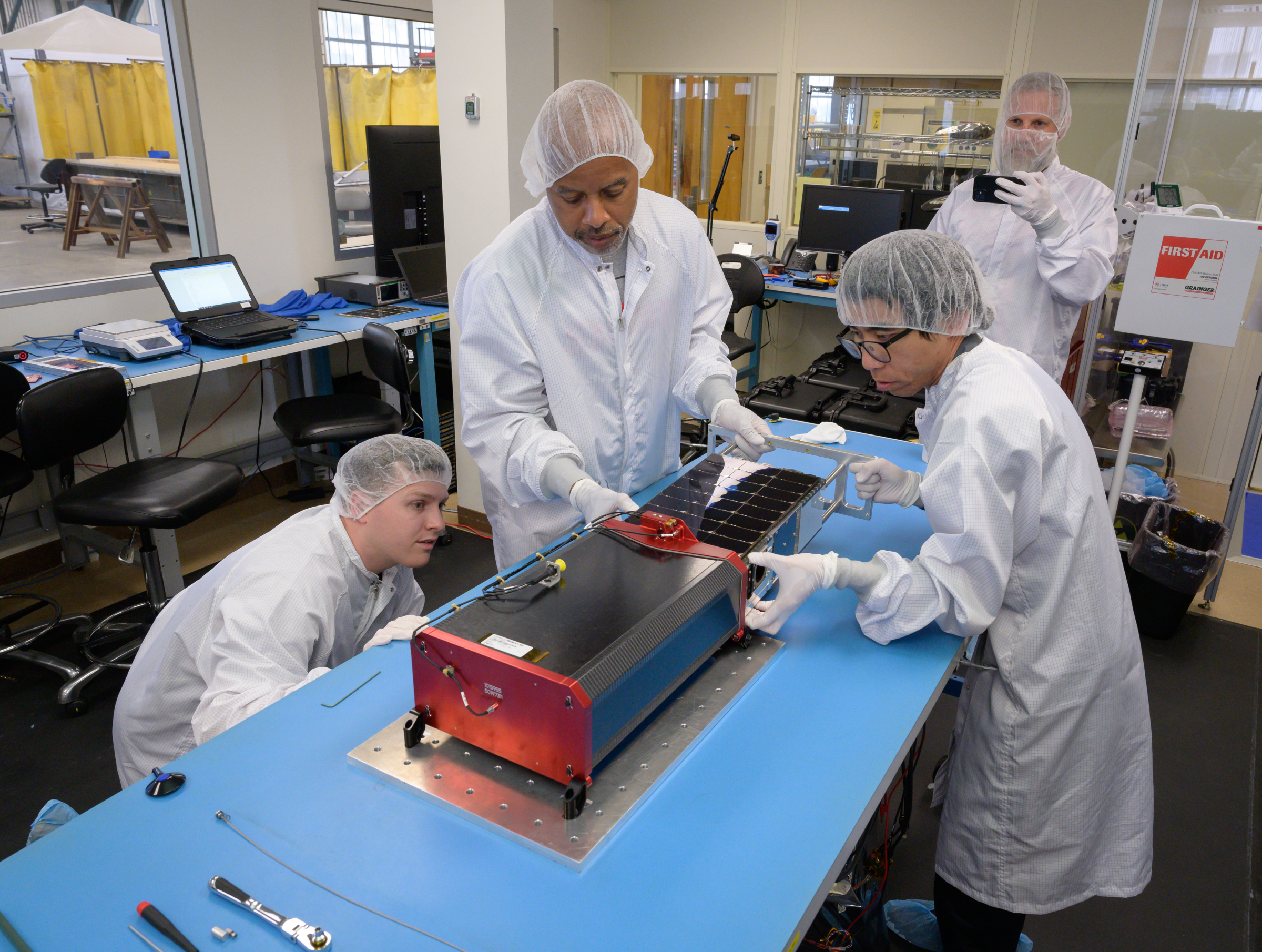
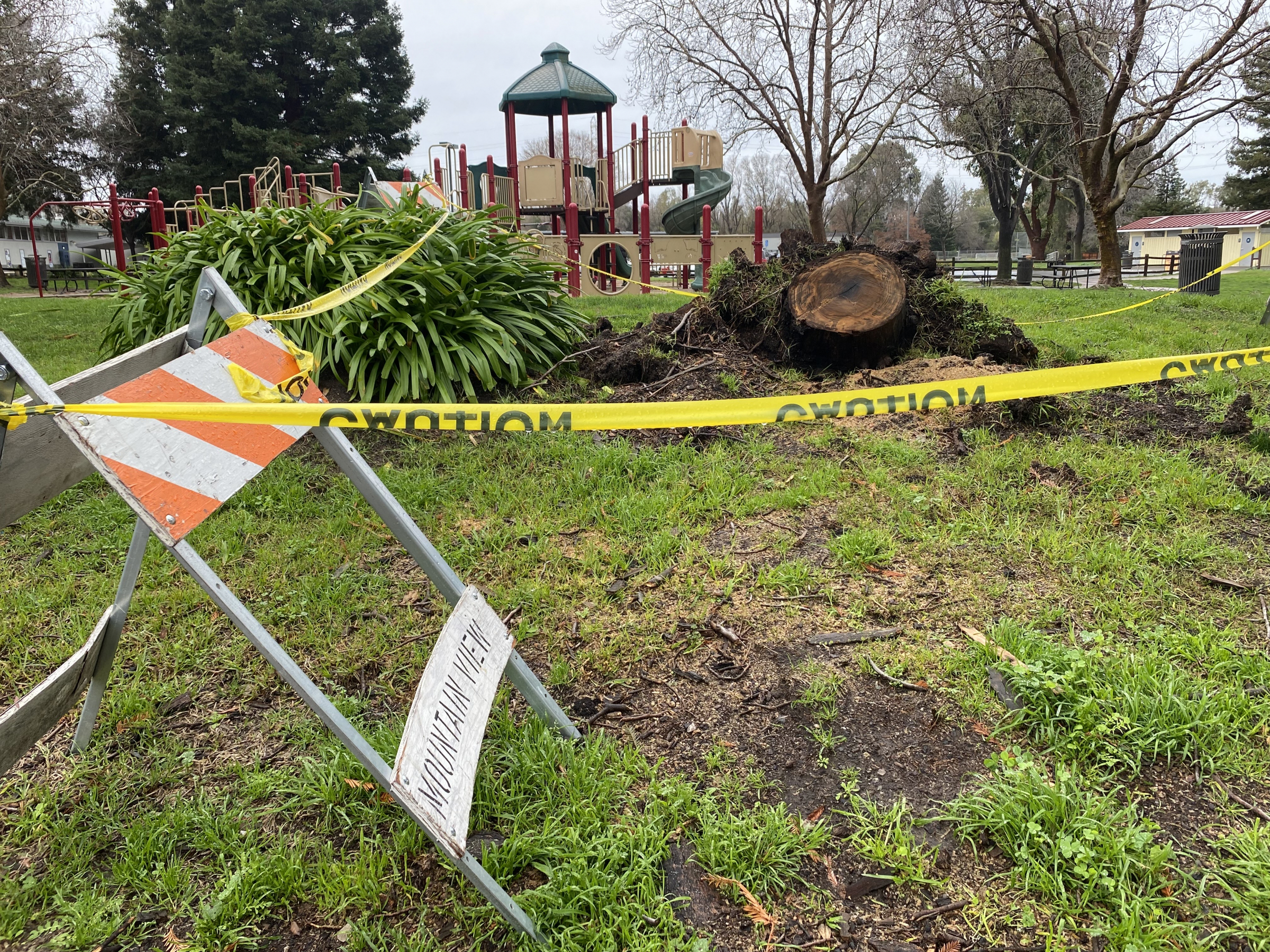

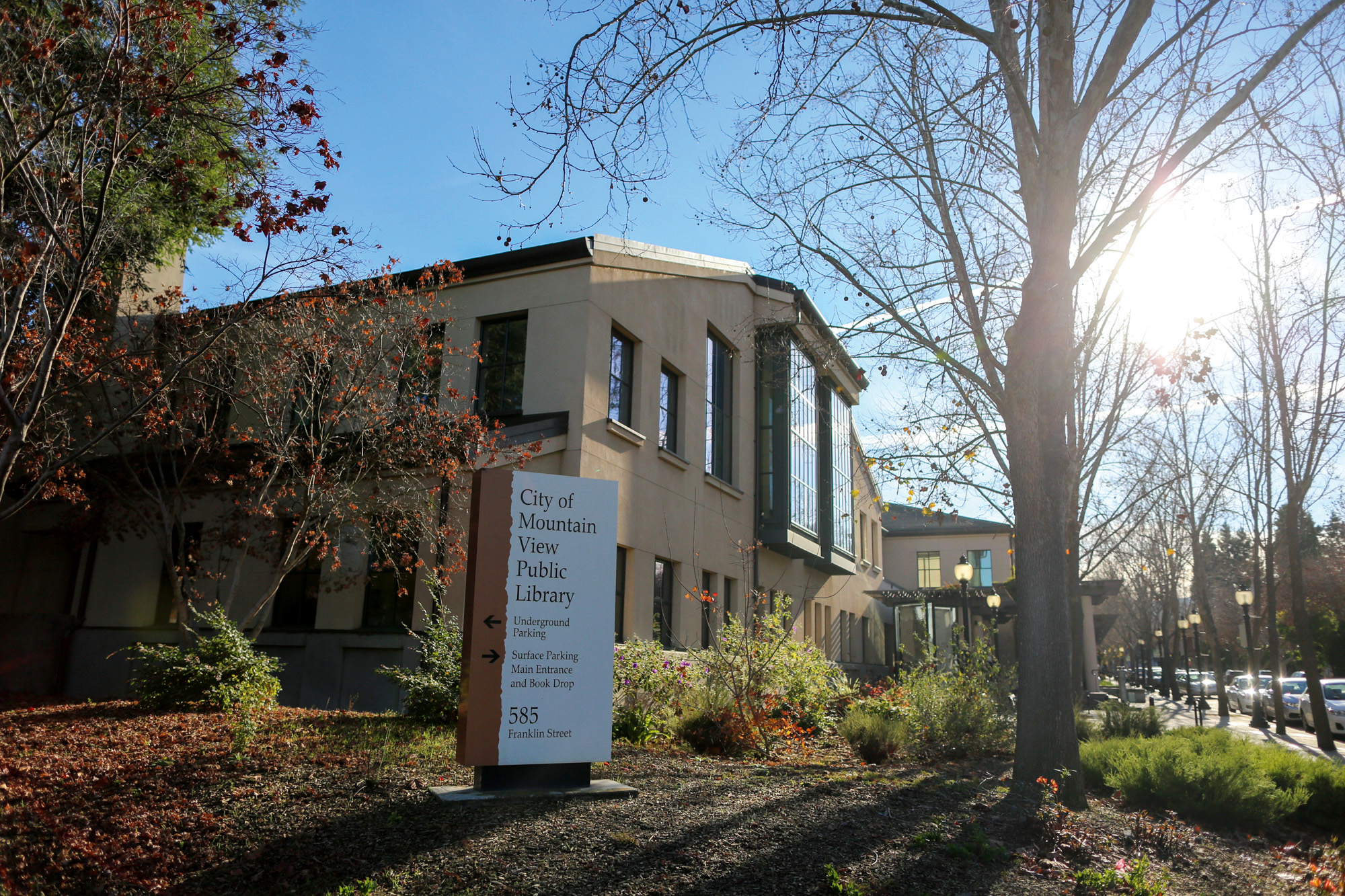
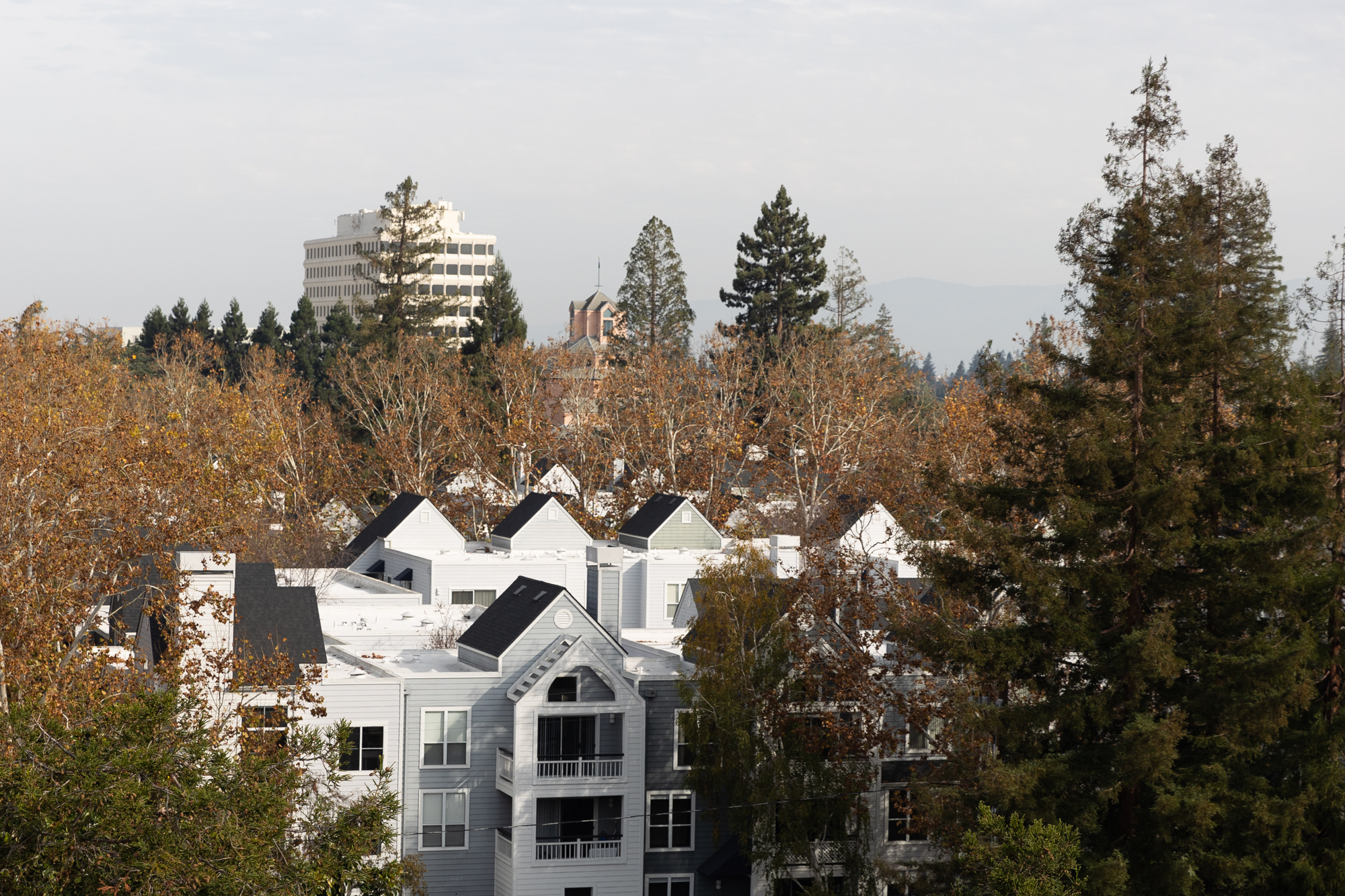
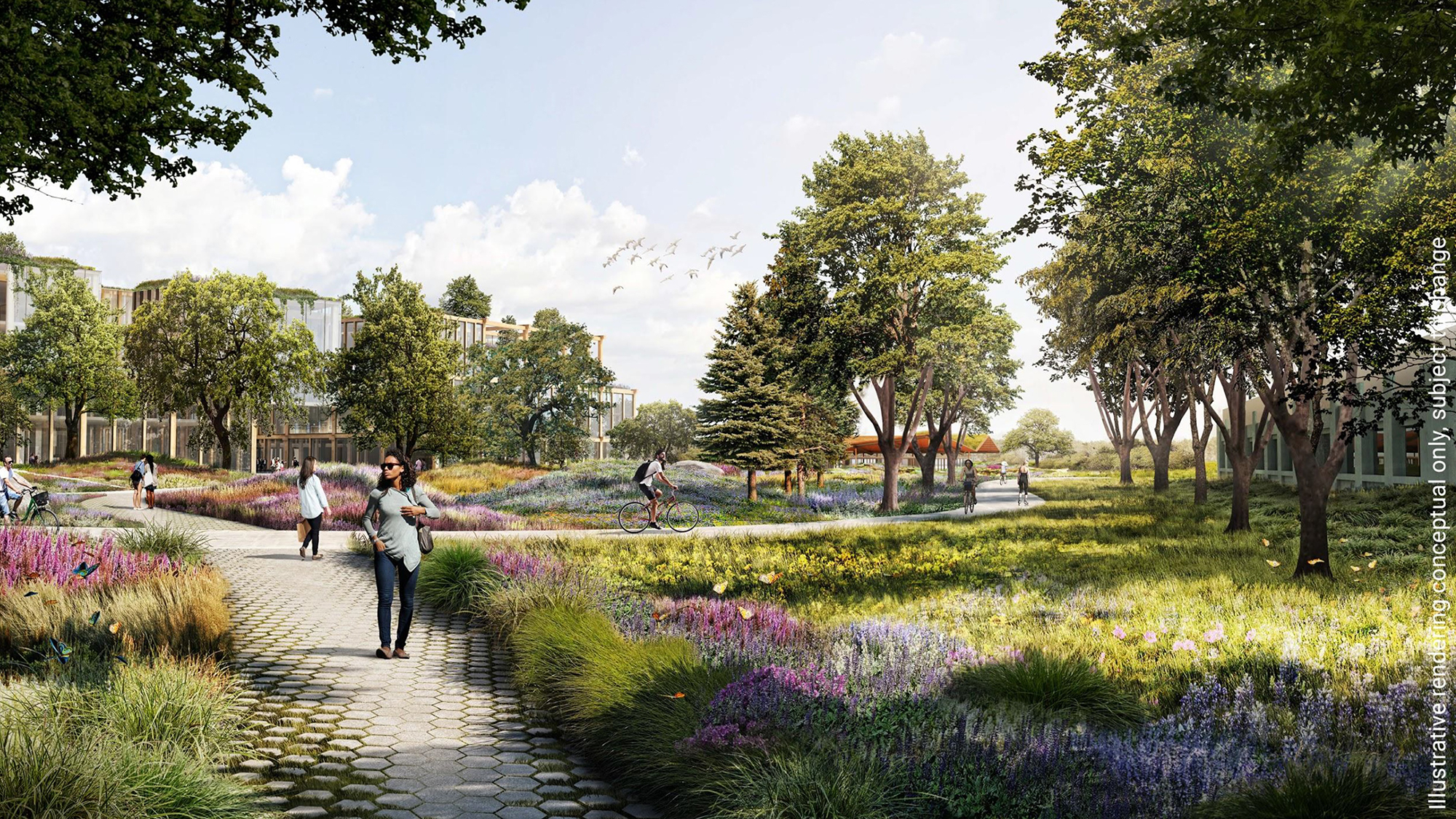
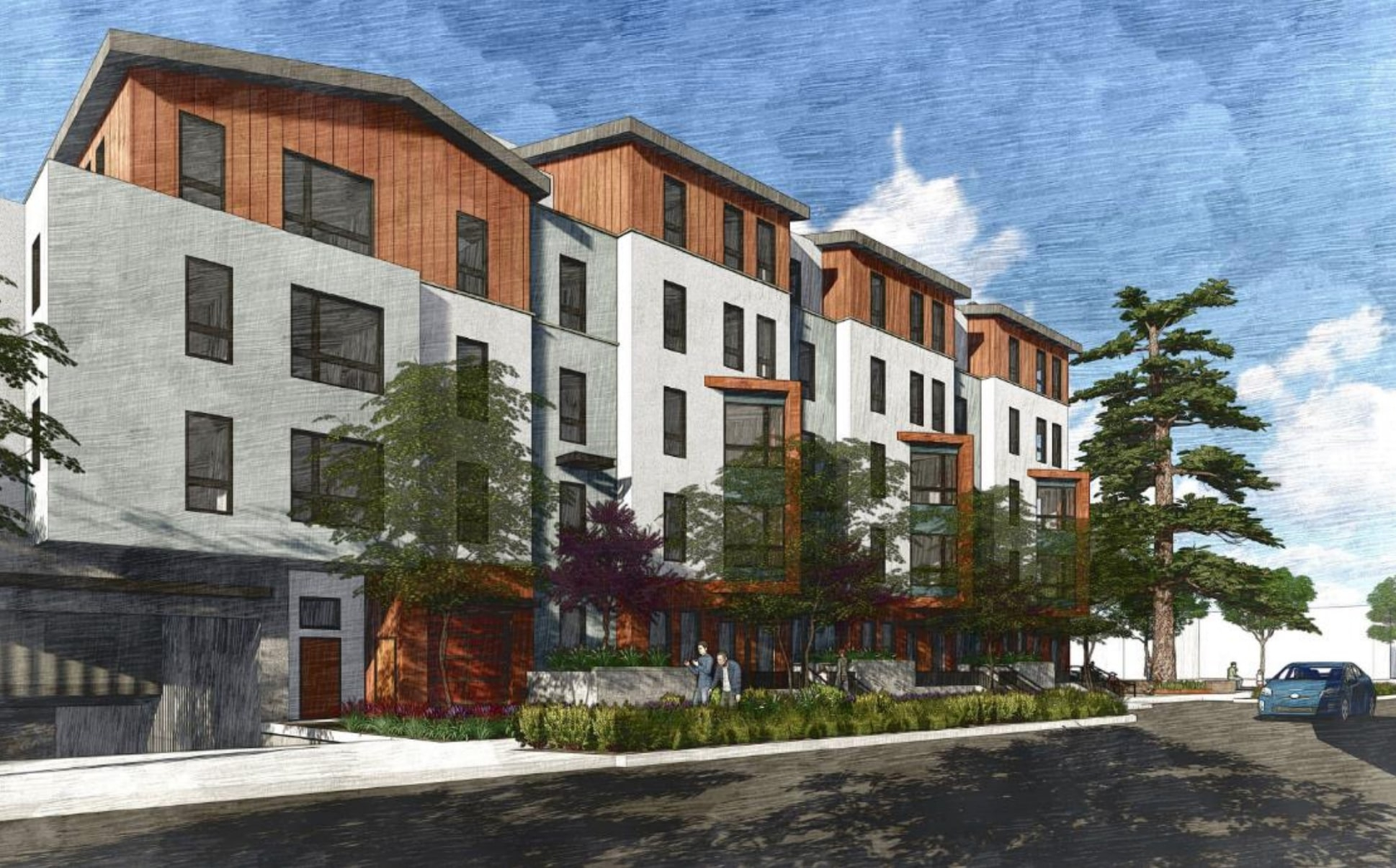



Comments
Registered user
North Whisman
on Jan 3, 2024 at 11:26 pm
Registered user
on Jan 3, 2024 at 11:26 pm
Moffett Field isn't in Mountain View. It is in Santa Clara County. It only exists because Sunnyvale purchased the land back in 1930 then sold it to the Navy for $1 so they would base dirigibles there.
Registered user
another community
on Jan 5, 2024 at 2:39 pm
Registered user
on Jan 5, 2024 at 2:39 pm
That is an interesting point that Moffett Field is unincorporated. The Navy turned that property over to NASA which has developed offices and universities along with Google as tenants. Significant housing growth is planned there. It lies within Mountain View Los Altos HIgh school and Mountain View Whisman School districts. For that housing absolutely no tax revenue will flow to either district.
That's kind of the point of the state wide housing push for both more housing and more tax exempt affordable housing. All districts throughout the state have to contend with the costs of educating residents of the new housing. At the same time though housing units are producing many fewer students than they once would have..... something like 35% fewer students per unit.
It's worth noting that more of the student growth is expected to come from the below market rate units. Google and developers recently switched things around to where there are two large all affordable projects of housing being built up there. Neither of theose projects will produce any revenue in the way of property taxes. Something like 25% of new houses being built in the state will be exempt from paying property taxes......